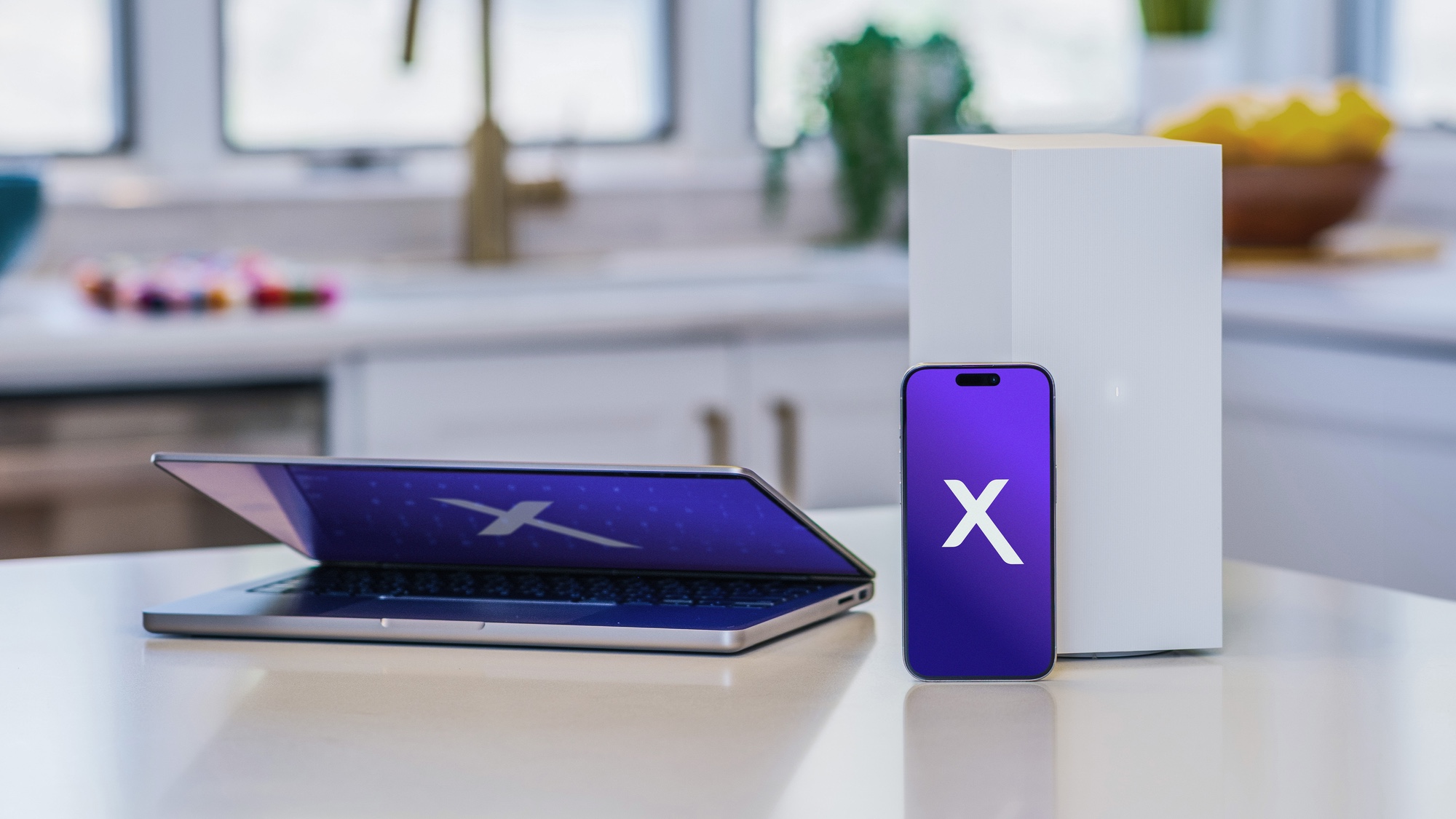Tom's Guide Verdict
The Parrot Zik 3.0 wireless headphones combine a head-turning design, great audio quality and adaptive noise cancelation, but come up short on battery life.
Pros
- +
Lovely, comfortable design
- +
Powerful adaptive noise cancelation
- +
Great audio quality
- +
Intuitive touch controls
Cons
- -
Relatively short battery life
- -
Spotty Bluetooth connection
- -
Reliant on app to access most of the features
Why you can trust Tom's Guide
Parrot is serving up a buffet of wireless audio goodness that both regular music fans and audiophiles can enjoy. Boasting eight gorgeous styles composed of bold colors and patterns made from supple leather and metal, the $399 Zik 3.0 headphones are a feast for the eyes.
But that's only the first course; the second consists of excellent features such as a cleverly hidden touch panel and a free app that lets you augment the sound in many different ways. But the pièce de résistance is the actual audio, which is clear and accurate. Despite some occasionally muddy lows and a relatively short battery life, the Parrot Zik 3.0 are a solid, if pricey, investment.
Design: Lovely As Ever
The Zik 3.0s exude an avant-garde stylishness that would be right at home on a devastatingly beautiful model in a Dolce&Gabbana show. The headphones come in eight variations — I chose the cherry-red leather cans with the crocodile print, partly because they'd look amazing in the requisite photos, and partly because I was feeling pretty bold.

If red isn't your thing, Parrot offers the crocodile print in black, green and brown. There's a quilted pattern available in white and black as well as a smooth finish in black and tan.

Outside of the material used to swathe the headband and ear cups, the Zik 3.0s are identical to last year's Zik 2.0 headphones. The genuine leather the company uses is still lusciously soft, and the gray metal arms retain that funky bend that defines the Zik design. The metal-lined vents add a futuristic edge to the aesthetic.
Hidden in Plain Sight: Controls and Sensors
Come for the fashion, stay for the tech. Similar to previous iterations, the Zik 3.0 is hiding a lot of cool features beneath that red leather. The right ear cup is home to a capacitive touch panel with controls for skipping tracks, adjusting the volume and pausing or playing the music.
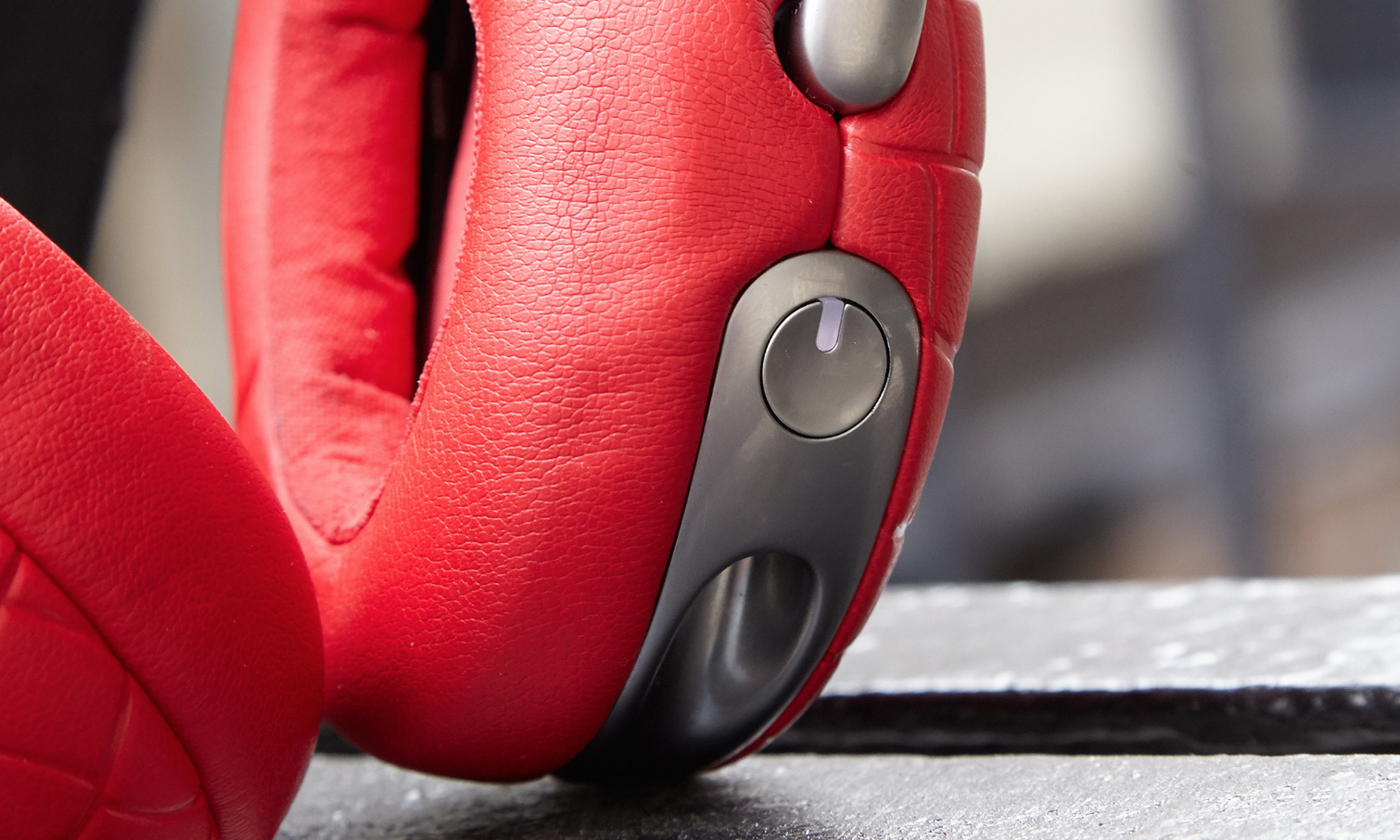
You can give a quick tap to the center of the panel to play or pause music, and a double tap to answer or ignores calls. Long-pressing will cue up your mobile device's digital assistant. You still have to be deliberate with your taps and swipes, or else you'll find yourself pausing the music when you really meant to turn up the volume.
The Zik 3.0s exude an avant-garde stylishness that would be right at home in a Dolce&Gabbana show.
The NFC chip is also located in the right ear cup, allowing for easy, one-touch pairing with an Android smartphone. Additional sensors pause your music the instant the right ear cup loses contact with your skin. The party kicks back into gear when the cup touches the area surrounding your ear.
MORE: The Best Gaming Laptops
Comfort
I've worn the Zik 3.0 for about two weeks now, including a six-hour flight to Austin, Texas. In that time, the supple leather covering the double-layer memory foam nestled lovingly against my ears. Although there was slight pressure around the sides of my head, it felt more like a hug than a painful pinch.
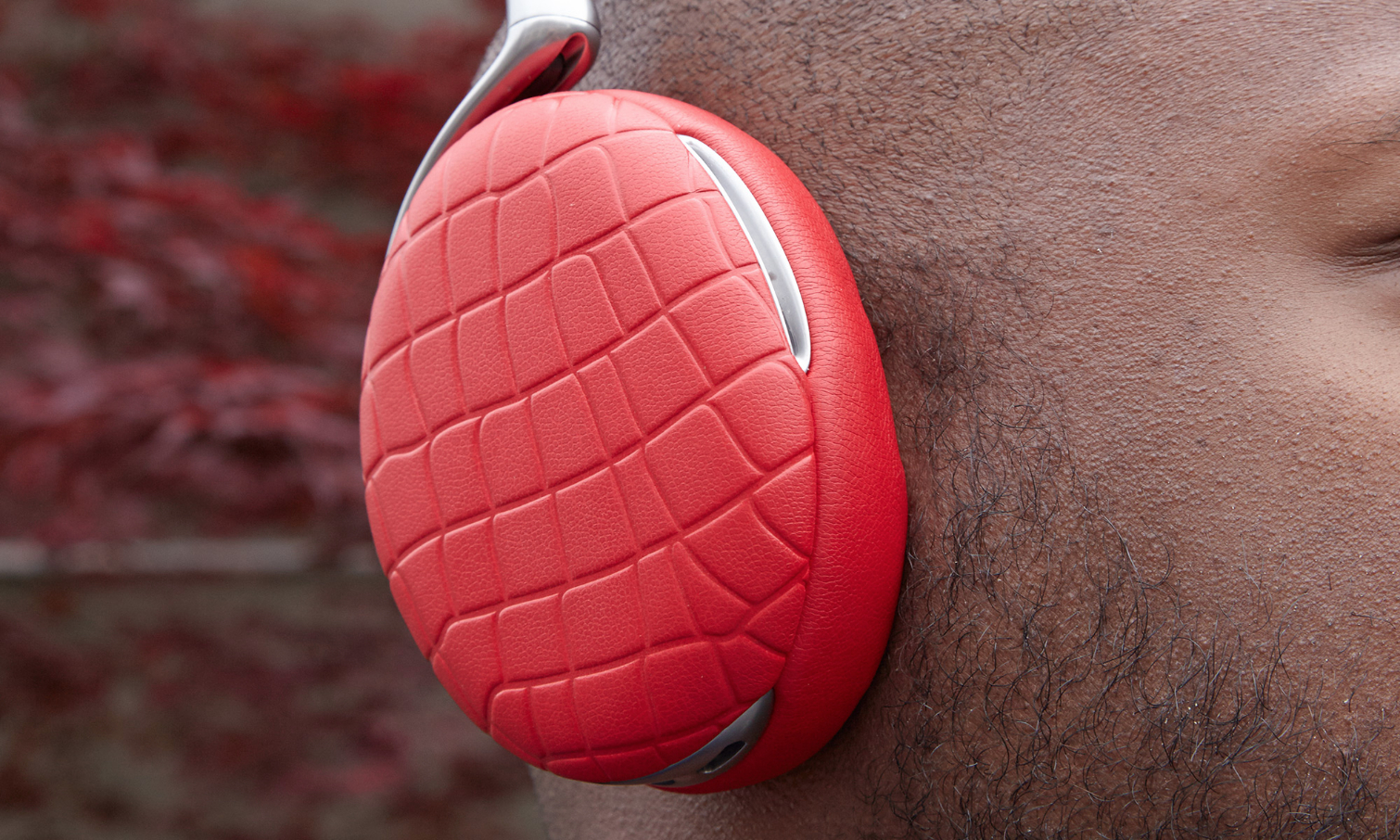
Weighing 9.52 ounces, the Zik 3.0 headphones are only slightly heavier that the 2.0 (9.5 ounces) version. That's still much lighter than the Plantronics BackBeat Pro+, which weighs in at 12.2 ounces.
Parrot Zik App: Augment Your Audio
Available for Android and iOS users, the Parrot Zik app transforms good headphones into great ones. And since we live in a world of Apple Watches, Samsung 360s and LG Urbanes, Parrot has also created smartwatch apps for iOS and Android Wear so you can keep your phone in your pocket. The software lets you configure the headphones in myriad ways, such as adjusting the adaptive noise canceling (ANC), equalizer presets and soundscapes.
The Zik offers four different modes of ANC: Street, Noise, Noise Cancelling (Max) and Off. While other headphones only allow listeners to enable or disable the noise-canceling feature, the Zik app lets you adjust the amount of ambient noise pumped into the headphone.
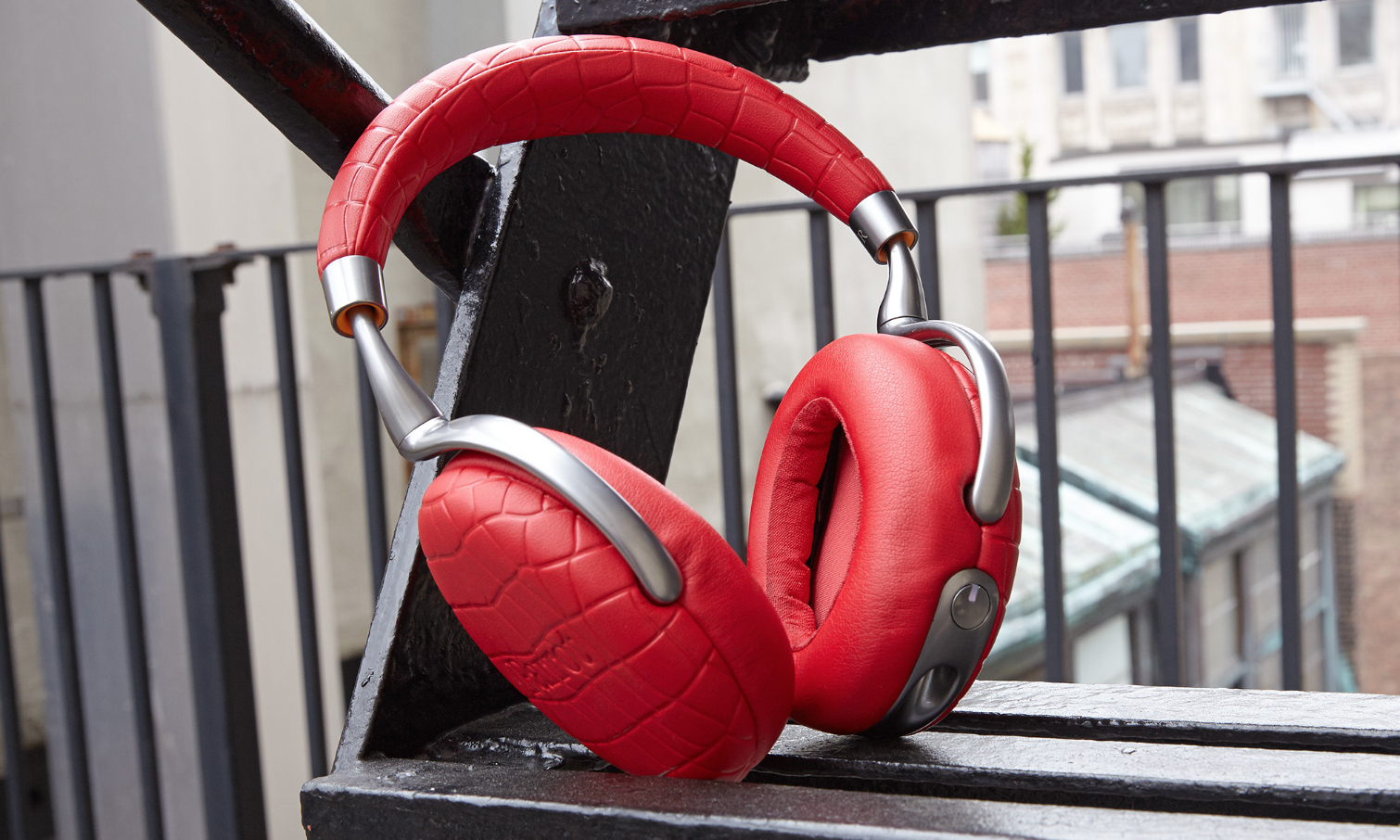
The app also includes a Noise Map, which uses Google Maps to show the noise level in your area. For example, an area with a low level of noise would measure about 30 decibels. A louder area would hit 80 dB, while exceedingly noisy areas can reach up to 130 dB. Not surprisingly, the area around our Flatiron office was in a Noisy (80 dB) space. It's an easy way to determine which ANC setting you should use in any given situation, or find an area that isn't so harsh on the ears.
The equalizer page continues to be one of my favorite components of the app, offering seven presets (Pop, Vocal, Cristal, Club, Punchy, Pop and Deep) that you can tweak to your liking. While I prefer sitting between the Cristal and Club settings for most tracks, I placed the slider between Deep and Punchy for more bass-heavy songs.
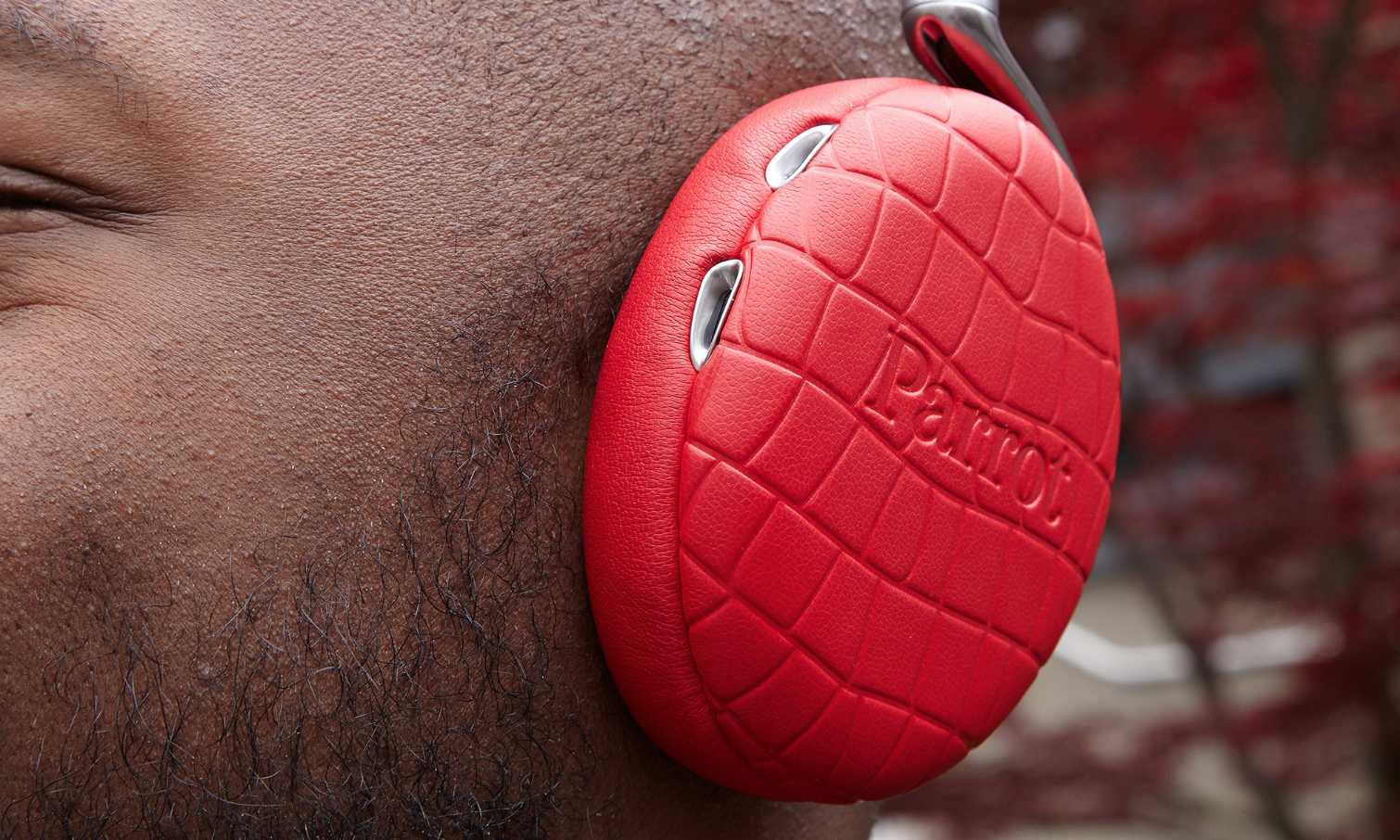
I also love Concert Hall mode, which lets listeners change the headphones' soundscape. Listeners can choose one of four options: Concert Hall, Jazz Club, Living Room and Silent Room. From there, you can adjust the angle of the sound, expanding it to a spacious 180 degrees or contracting it to a more defined 30 degrees.
The Parrot Zik app transforms good headphones into great ones.
As the New York City subway is my main means of transportation, I tend to select the Silent Room setting for its smaller sound area and punchier audio. However, when I'm home, I switch to Concert Room, which delivers an airier sound.
Noise Cancellation
Sometimes you just need to carve out a quiet space in the deafening madness. In those cases, the Parrot Zik 3.0 utilizes six of its eight microphones to shut out the din of the outside world. Of the three settings offered, Street worked the best for dealing with the hustle and bustle of NYC traffic. It allowed for a measure of quiet while letting enough ambient noise in for me to stay aware of my surroundings.

I switched to Noise when I boarded the subway to severely dampen the conversation of a trio of unruly teens. The setting didn't completely drown out the kids (playing some music did that), but it definitely brought the volume down to inoffensive levels. The Zik app showed that while the subway car measured a boisterous 72 dB, the headphones' interior registered a relatively quiet 18 dB.
However, when you want absolute silence, the Bose QuietComfort 25's eerie, vacuum-like silence is still our gold standard.
Performance
Parrot headphones continue to sound just as good as they look, retaining the built-in digital-to-analog converter (DAC) that delivers cleaner, more accurate audio. For testing purposes, I disabled the equalizer to get a more neutral sound, used the Silent Room soundscape at 180 degrees and set noise canceling to Max.
I began listening to Thelma Carpenter belting out "He's The Wizard/March Of The Munchkins" from the original soundtrack of The Wiz. The tubas were loud, but sounded somewhat blown out. This was tempered by the full strings and playful flutes, which allowed Carpenter's brassy alto to take center stage. When the song transitioned into a groovy disco dance break, the horns were nice and clear, but didn't overpower the accompanying vocals.
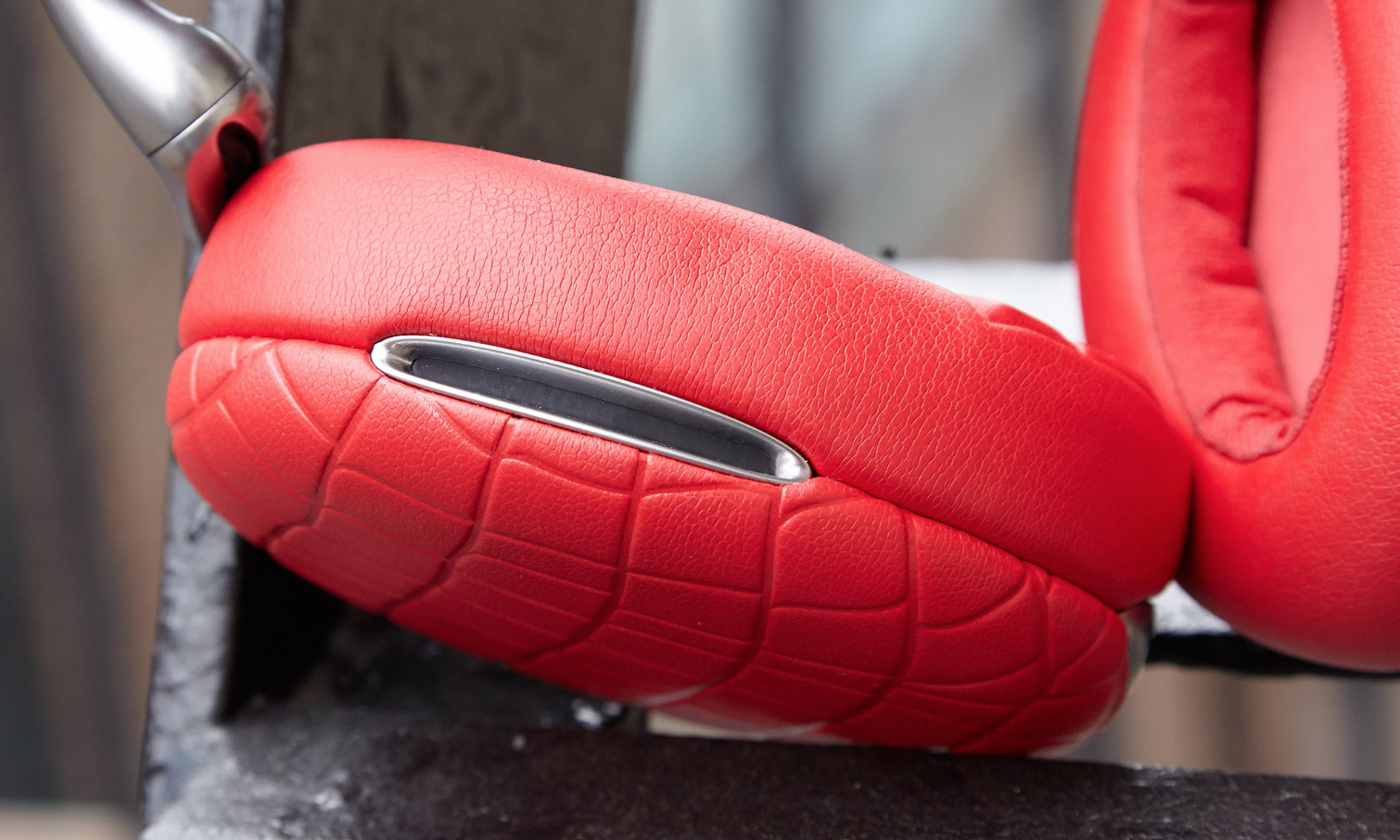
The same track on the BackBeat Pro+ delivered deep, rich lows, letting me really hear the depth of the tuba. Carpenter's vocal was nice and crisp, but I noticed that the flutes and some of the horns were a little harsh, especially at higher volumes.
On Drake's bass and synth-heavy "Jumpman,” the lows sounded diffused on the Zik, which introduced some muddiness into the synthesized portions of the song. However, the artist's vocals were accurate and clear. When I switched to the BackBeat Pro+, the bass was tighter, which translated to smoother synths that allowed Drake's braggadocio-drenched rhymes to shine.
Call Quality
The Zik 3.0 still supports HD Voice, which is good news, since most flagship phones now have this feature (check with your carrier to be sure). The headphones utilize two of its many microphones to provide loud, crisp audio during calls. The remaining mics work to keep ambient noises out.
Horns sounded nice and clear, but didn't overpower the accompanying vocals.
My mom said she heard me loud and clear when I called her while I was walking around midtown during rush-hour traffic. If it wasn't for the little bit of honking horns she heard in the background, she said she would have thought I was inside. Mom's voice sounded crystal clear as I made my way down West 49th St.
MORE: Best Gaming Accessories
Battery Life/Bluetooth
Parrot claims that the Zik 3.0 headphones get 7 hours of battery life on a charge, which is an hour more than the previous model. The cans lasted the extent of my flight to Austin (including the layover in Dallas) for a total of 6 hours and 10 minutes. The Zik 3.0 tapped out about 30 minutes later, as I arrived at my hotel. However, Plantronics continues to deliver marathon-levels of battery life, with the Plantronics BackBeat Pro+ claiming to last up to 24 hours on a charge. Bose says that the QuietComfort 25s will deliver up to 35 hours on a single AAA battery.
Parrot is stubbornly clinging to Bluetooth 3.0, even though the current 4.0 standard is more energy-efficient. Power usage issues aside, when I streamed music from Spotify or Tidal, there were instances where the song would skip or speed up, even when I was holding my phone in my hand. In those cases, I had to pause the music and wait a few seconds for the connection to clear before I could enjoy my music again.
Bottom Line
Parrot gets a ton of things right on the Zik 3.0 headphones. Available in eight variations, they're absolutely gorgeous. The capacitive touch panel is still easy to use, and the Zik app allows you to tailor what was already a good audio experience into something that's optimal for you.
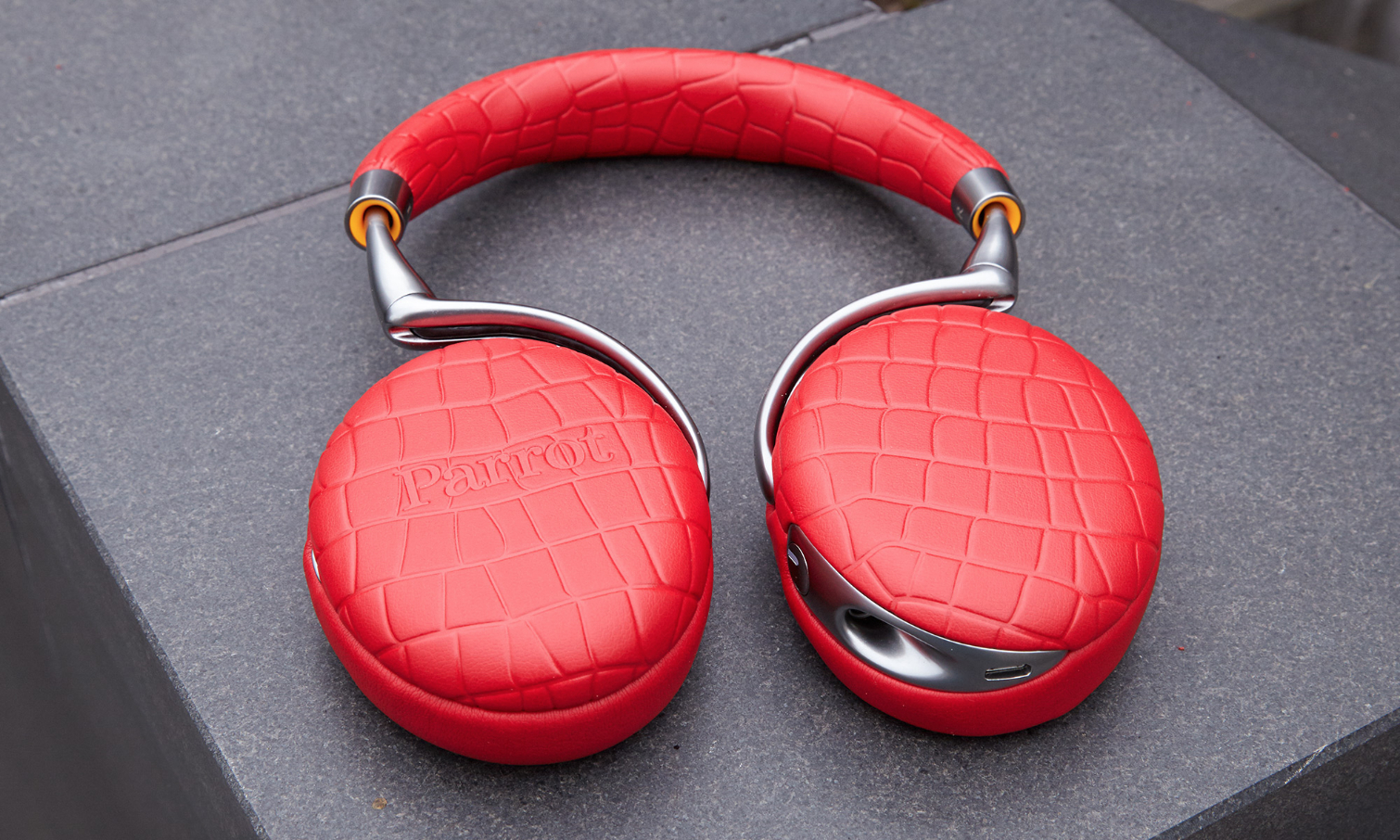
However, for a $399 pair of headphones, the battery life could be longer, and there shouldn't be any connectivity issues. For $299, you can get the Plantronics BackBeat Pro+ headphones, which offer a comfy fit, loud and clear audio and up to 24 hours of battery life. Overall though, the Parrot Zik 3.0 headphones are a great fit for fashion-forward music fans who like their cans with a heaping helping of tech.
Sherri L. Smith has been cranking out product reviews for Laptopmag.com since 2011. In that time, she's reviewed more than her share of laptops, tablets, smartphones and everything in between. The resident gamer and audio junkie, Sherri was previously a managing editor for Black Web 2.0 and contributed to BET.Com and Popgadget.

